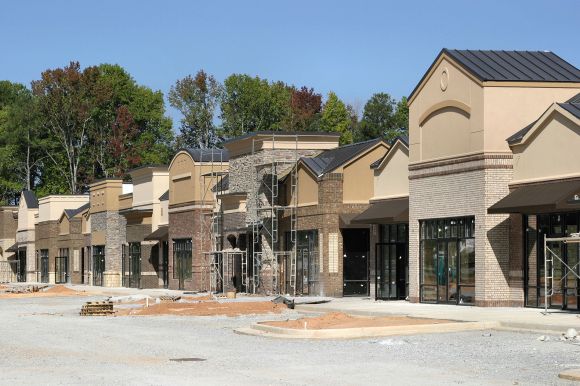Providing financial and tax incentives to companies has become an accepted economic development practice for states and communities to attract and retain businesses, yet the practice continues to generate debate, pushback and criticism. This article is the second of a two-part series exploring the pro and con arguments used most frequently for and against development incentives.
The purpose of the series is not to judge the validity of the arguments but to present the arguments used most frequently in the incentive debate. In this article, the arguments for development incentives are presented. In the last issue of The Competitive Community, the arguments against development incentives were presented.
Arguments for Development Incentives
Incentives are not inherently good or bad, right or wrong. They are economic development tools that can create tangible benefits for the community, however they carry some risk unless proper safeguards are in place. Communities can mitigate the financial risk by making an accurate costs/benefits analysis to determine if the development project’s benefits will outweigh the costs. Following are four widely used arguments in favor of development incentives.
Incentives are tie-breakers. It is a recurring conclusion of surveys and studies of facilities planners (business real estate executives) that in the initial stages of the location decision process incentives have little if any weight, but in the later stages if two or more locations have equal or similar costs and advantages, incentives can tip the balance of one location over the others in consideration. This conclusion poses one of the most difficult challenges for civic leaders who are offering incentives, which is, “How many incentives is enough?” The community may be aware that they have competition but may not be aware of the type and amount of incentives being offered by others. Incentives should be used to accomplish clearly defined community goals for an overall economic development strategy, and not as a tool to win bidding wars, which lead to the first pro argument.
Incentives help us achieve our economic and social goals. Offering targeted incentives to businesses or industries that help achieve the community’s economic and social goals in designated geographic areas of the community that need development or redevelopment is a defensible justification for development incentives.
Incentives are an investment in our community. Proponents argue that by using incentives as investments in the community there is a dual reward. The first is that public investment can be a catalyst to attract private investment since public investment is necessary to show the community’s commitment to development. Workforce training and infrastructure improvements are two of the most frequently used incentives and both are viewed as long-term investments in the community’s future that can be of benefit to more than just the business receiving the incentive.
Incentives are the cost of doing business in today’s competitive marketplace. This pro argument is that competitors, meaning other communities and states, offer incentives and therefore to remain competitive we must have incentives equal to or greater than those offered by competitors. The conclusion is that a community without incentives has a difficult, if not impossible, task of competing.
Development incentives will remain a significant part of business attraction and retention programs. Regardless of the arguments - pro or con - the challenge to local civic leaders is and will be to develop policies that differentiate incentive investments as investments in the community’s future and not as giveaways to business.


